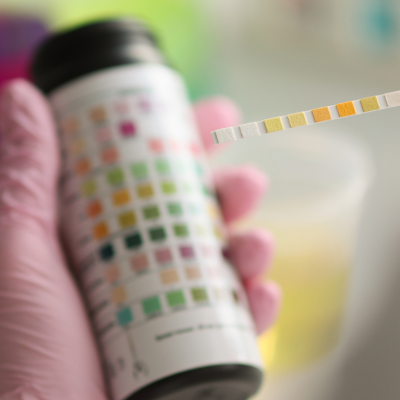
The vaginal pH balance plays a crucial role in maintaining the overall health and well-being of women. This often-overlooked aspect of women’s reproductive health is fundamental in preventing infections, promoting a healthy microbial environment, and supporting the body’s natural defense mechanisms. Let’s delve into the significance of vaginal pH balance and its impact on women’s health.
The Basics of Vaginal pH
The vagina naturally maintains an acidic pH, typically ranging between 3.8 and 4.5. This slightly acidic environment is regulated by a delicate balance of good bacteria (specifically lactobacilli) and other microorganisms. This balance is vital for preserving the vaginal ecosystem and preventing the overgrowth of harmful bacteria or pathogens.
Importance in Preventing Infections
A balanced vaginal pH serves as a protective barrier against infections. When this pH balance is disrupted, it can lead to a condition known as bacterial vaginosis (BV) or yeast infections. These disruptions often cause discomfort, abnormal discharge, itching, and odor. Imbalances can also increase the risk of contracting sexually transmitted infections (STIs), as a healthy pH environment aids in naturally defending against harmful pathogens.
Role in Fertility and Pregnancy
Maintaining the correct vaginal pH balance is crucial for women trying to conceive or during pregnancy. An imbalance can impact fertility by disrupting the sperm’s motility or viability. During pregnancy, an altered pH level might increase the risk of preterm birth or other complications.
Factors Affecting Vaginal pH Balance
Several factors can influence the vaginal pH balance:
- Menstrual Cycle: The pH level fluctuates during different stages of the menstrual cycle, typically being higher during menstruation.
- Hygiene Practices: Excessive use of scented soaps, douches, or feminine hygiene products can disrupt the natural pH balance.
- Sexual Activity: Semen, lubricants, or the pH of a partner’s body fluids can impact vaginal pH.
- Hormonal Changes: Hormonal shifts, such as those occurring during menopause, can affect the acidity of the vagina.
Maintaining a Healthy Vaginal pH
- Good Hygiene Practices: It’s important to use mild, unscented soaps and to avoid douching. Overwashing or using harsh products can disturb the natural balance.
- Diet and Lifestyle: A balanced diet, staying hydrated, and avoiding excessive sugar intake can help maintain a healthy pH level.
- Safe Sexual Practices: Using condoms and practicing good genital hygiene can help maintain the vaginal environment.
- Regular Check-ups: Regular gynecological check-ups can help identify and address any potential pH imbalances or infections.
If You’re Experiencing Issues, Call Us Today
The importance of women’s vaginal pH balance cannot be overstated. A healthy pH environment promotes a balanced microbial ecosystem, preventing infections and maintaining overall reproductive health. Understanding the factors influencing vaginal pH and adopting practices that support its natural balance is essential for women to maintain optimal health and prevent potential complications.
If experiencing any symptoms of an imbalance, such as unusual discharge, odor, itching, or discomfort, make an appointment today with one of our OB/GYNs. Our women’s health professionals can provide guidance, perform tests, and recommend appropriate treatments to restore the vaginal pH balance and support women’s reproductive health. Call us at 770.720.7733 or schedule an appointment online.


